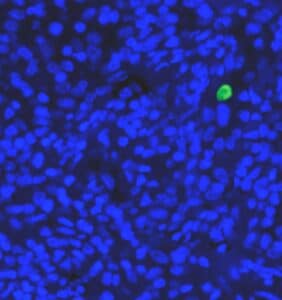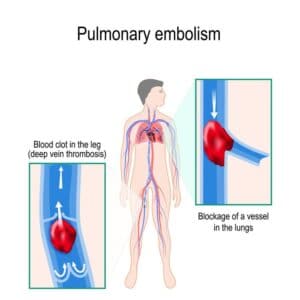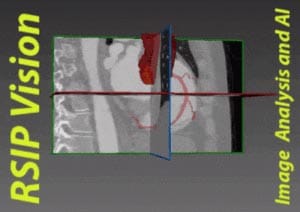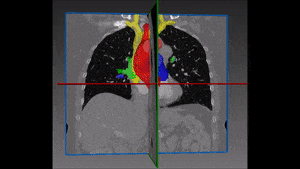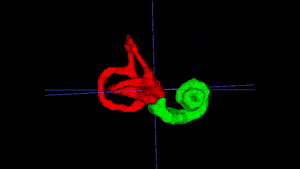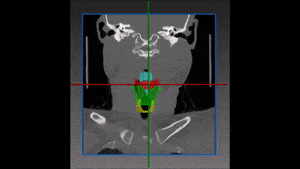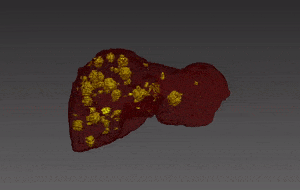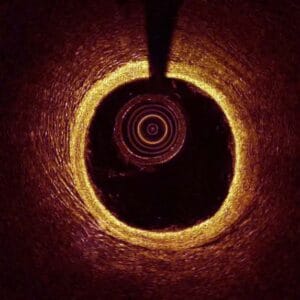
Endoscopic Procedures using Intravenous OCT
Recently, OCT has emerged as an alternative modality that provides high resolution images. While ultrasound imaging cannot be replaced, adding Intravenous Optical Coherence Tomography (IVOCT) to endoscopy procedures significantly improves image resolution and increases the ability to detect plaque and segment it.
Read More
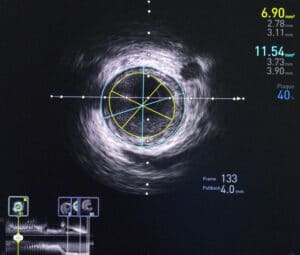
Using AI to Analyse Intravenous Ultrasound Images
Intravenous ultrasound (IVUS) has been used for many years in the diagnosis of cardiovascular diseases. The recent use of deep learning based on convolutional neural networks has shown improved accuracy, and has also enabled additional applications such as plaque detection.
Read More
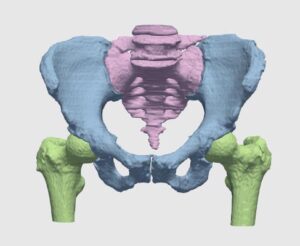
Segmentation in Orthopedics with Deep Learning
Segmentation is highly important both for examination and planning of knee replacement, hip replacement, shoulder surgery, lesion detection, osteotomy and many other orthopedic procedures. Deep Learning is repeatedly being proven to be the most powerful framework for various tasks, and segmentation in orthopedics is no exception. RSIP Vision’s CTO Ilya Kovler explains how to improve the segmentation in orthopedics thanks to AI and deep learning.
Read More
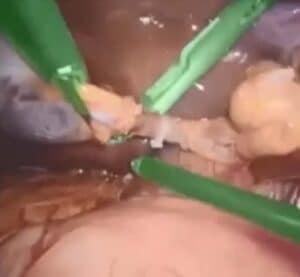
Surgical Instrument Segmentation
Using computer vision to identify tools being employed at different stages of a procedure is not only another step toward robotic surgery, it’s a simple, yet very useful tool to streamline and safeguard the surgical process. Surgical instrument (tool) segmentation and classification is a computer vision algorithm that complements workflow analysis. It automatically detects and identifies tools used during the procedure, and assess whether they are used by the surgeon correctly.
Read More
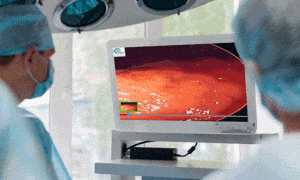
AI-based Surgical Workflow Analysis, another big step towards the future of robotic surgery
Surgical workflow analysis is an important safety guard for the surgeon: with it, a computer is able to scan a video of a surgery, either offline after it has already been performed or online during the surgery itself, and automatically identify at what stage the surgery is at. Read about RSIP Vision’s approach, built on many years of experience in the development of practical applications.
Read More
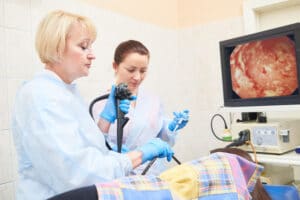
Challenges and AI Solutions for Endoscopy
As endoscopic and microscopic image processing, and surgical vision are evolving as necessary tools for computer assisted interventions (CAI), researchers have recognized the need for

Sensors for ADAS Technology: 3. RADARs
This is a series of three articles about sensors used by the automotive industry to allow perception on autonomous vehicles and increase security for all. Read about RGB cameras, LiDARs and Radars. RSIP Vision and its engineers have a rich experience in sensors for ADAS systems and for autonomous driving.
Read More
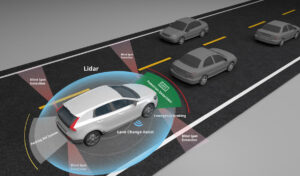
ADAS sensors: 2. LiDARs
This is a series of three articles about sensors used by the automotive industry to allow perception on autonomous vehicles and increase security for all. Read about RGB cameras, LiDARs and Radars. RSIP Vision and its engineers have a rich experience in sensors for ADAS systems and for autonomous driving.
Read More
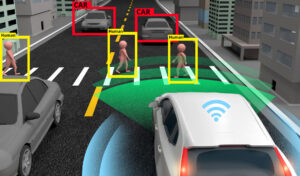
ADAS sensors: 1. RGB cameras
This is a series of three articles about sensors used by the automotive industry to allow perception on autonomous vehicles and increase security for all. Read about RGB cameras, LiDARs and Radars. RSIP Vision and its engineers have a rich experience in sensors for ADAS systems and for autonomous driving.
Read More
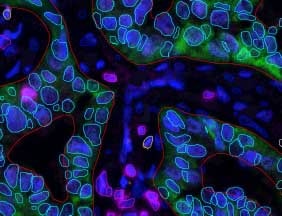
Multiplex IF Analysis
The use of deep learning for analysis of multiplex IF has allowed for a much greater accuracy level for the correct phenotypic classification of cells. When combined with RSIP Vision‘s advanced nuclear detection capability, it allows for the simultaneous analysis of multiple florescent markers on a cell by cell basis. This tool is well suited for multiple applications, especially when using multiple markers to characterize distinct cell populations such as in immune-oncology and IBD.

